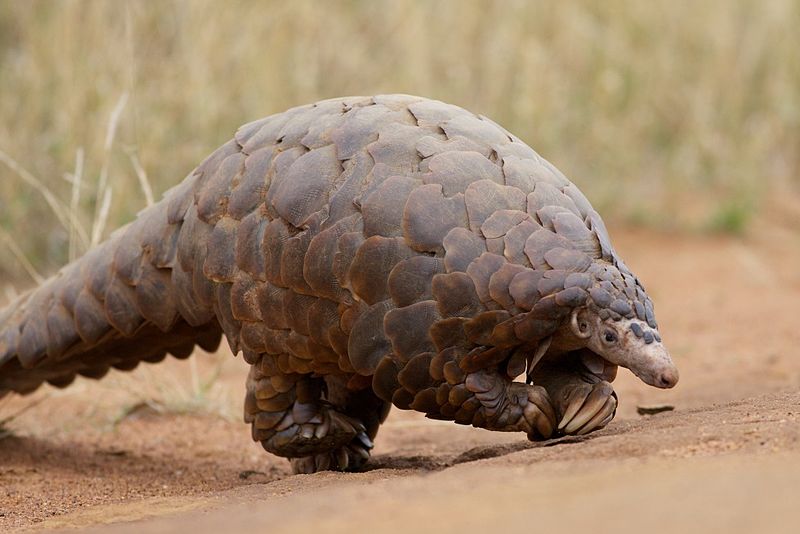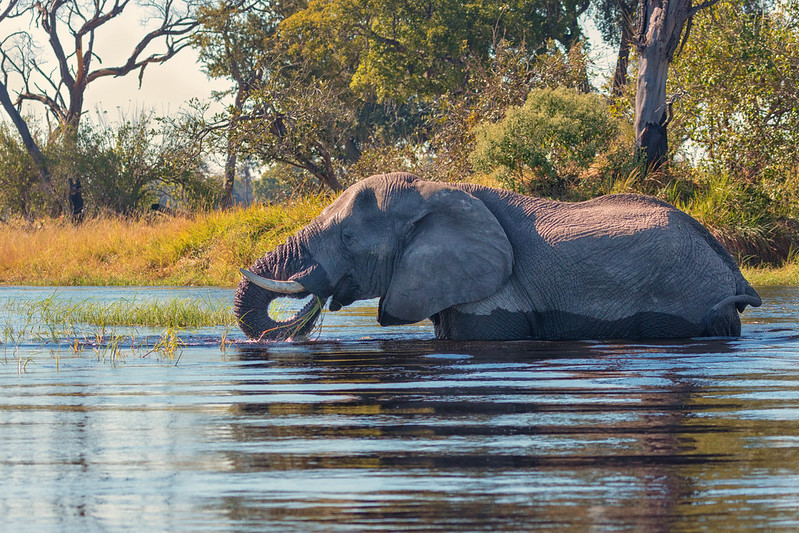ReconAfrica, a Canadian petroleum exploration company, announced in August 2020 that it is planning to embark on oil and gas drilling projects in a protected area in Africa that supplies the Okavango Delta region in Botswana with water, threatening endangered wildlife and communities living in the area.
—
ReconAfrica has acquired the rights for oil drilling in more than 35 000 sq km of north-east Namibia and north-west Botswana, along the banks of the Okavango River in the Delta region in the newly-proclaimed Kavango Zambezi Transfrontier Conservation Area. The area is larger than Belgium and ReconAfrica says that it could hold up to 31 billion barrels of crude oil- more than the US’ consumption in four years if consumption remained the same as in 2019. Fracking also seems to be a part of the company’s plans.
While the US is the largest oil and gas producer in the world, it has created massive problems for the environment; hydraulic fracturing has caused poor air and water quality, community health and safety concerns, long-term economic issues and environmental crises like habitat loss.
Along with the conservation area, the license covers 11 separate community nature concessions areas, one World Heritage site and part of the five-country Kaza Park- the largest protected area in southern Africa. It also includes the last refuge of the San people with a future drill site near the World Heritage site of Tsodilo Hills in Botswana.
Chris Brown, CEO of the Namibian Chamber of the Environment, says that he is not aware of the project and that any project such as this should have gone through environmental review and permitting processes. He says, “There needs to be public consultation. We monitor all the adverts that come out in the newspaper, and we monitor all the adverts that come out around EIAs (Environmental Impact Assessments) and we haven’t picked this up at all.”
You might also like: Rise in Air Pollution Linked to 11% More COVID-19 Deaths- Study
According to the National Geographic, experts who have reviewed the Namibian EIAs for the test wells have pointed to “serious problems” with the way they were carried out. They pointed to a lack of physical assessments of fauna and flora and to the possible effects on local communities and other people, on archaeological sites, and on groundwater and surface water. They said that the assessment, consisting only of desktop studies without any fieldwork, is not sufficient to justify the proposed drilling.
Environmental Concern
The area is home to Africa’s largest migrating elephant herd as well as endangered African painted dogs, sable antelope and rare flora. According to the International Union for Conservation of Nature (IUCN), ReconAfrica’s license covers the territories of seven endangered animal species, including the grey crowned crane and the African wild dog, and four critically endangered animals, including the black rhinoceros and white-backed vulture. It’s also home to 20 other species listed as “vulnerable,” including Temminck’s pangolin and the martial eagle. It is also an economic powerhouse, bringing in around USD$32 million a year in sustainable tourism revenue.

Temminck’s Pangolin (Source: Wikimedia Commons).
More importantly, the Okavango River, in the north of the potential fracking and oil drilling zone, is the sole provider of water to the Okavango Delta, Botswana’s most visited tourist destination. The area supports more than a million people with food, employment and fresh water.
Infrastructure for oil and gas drilling involves the construction of roads, pipelines and buildings that “could all negatively affect important animal habitat, migratory pathways and biodiversity,” according to the WWF. Fracking is of particular concern because it requires large amounts of water and can cause earthquakes, pollute water, release greenhouse gases and lead to cancer and other birth defects. For wildlife, fracking can poison the food chain, destroy habitat and cause mass die-offs of fish and other aquatic species.
However, Namibia’s Ministry of Mines and Energy is emphasising the potential positive effects, saying that the “the socioeconomic impacts of exploratory drilling will result in the employment of locals” and many other benefits, such as new water wells for communities near the proposed drill sites. The Namibian government holds a 10% stake in ReconAfrica’s oil and gas development.
There are mixed messages being communicated within this project, proving that either the Namibian government is being lied to by ReconAfrica or it doesn’t know the full scope of the project. The government says that it has not given the company permission to frack, however ReconAfrica says that it’s entitled to a 25-year production license.
Implications for Communities and Wildlife
The US Environmental Protection Agency estimates that it takes about 1.5 million gallons of water to frack a single oil and gas well; ReconAfrica says that it ultimately hopes to drill hundreds of wells in the Kavango Basin.
This has serious implications for the food security of the country. According to the UN, Namibia cannot feed itself; its farms support about 70% of its people, and the lands under ReconAfrica’s drilling license have more than 600 working farms, some irrigated with water from the Okavango River. Drilling here could further impact this fragile food supply.
The company plans to begin “test” drilling as soon as this or next month.
Featured image by: Flickr

















